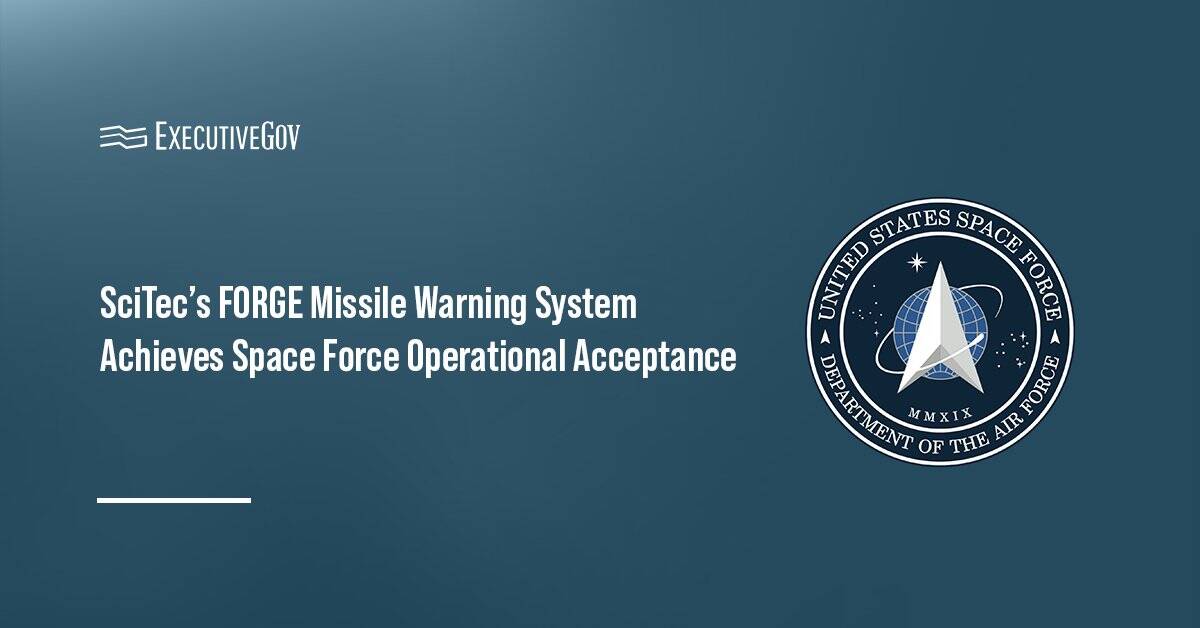Research teams at NASA tested next-generation space technologies during a series of parabolic flights aboard Zero Gravity‘s G-FORCE ONE aircraft between February and April, enabling them to interact with their hardware in a reduced gravity environment.
For the Fundamental Regolith Properties, Handling and Water Capture — or FLEET — project, a team of researchers evaluated an ultrasonic blade technology in a regolith simulant at Martian and lunar gravities, NASA said Thursday.
The project’s flight test seeks to establish the magnitude of force reduction that an ultrasonic system could achieve on Mars and on the lunar surface.
The FLEET project will also test a separate payload, called the Vibratory Lunar Regolith Conveyor, to demonstrate a granular material transport system and assess the vertical transport of lunar regolith simulants in a vacuum under reduced gravity conditions.
Researchers from the agency’s On-Demand Manufacturing of Electronics project, also known as ODME, have tested 3D printing systems to facilitate the use of tools and electronics aboard the International Space Station.
The ODME Advanced Toolplate team assessed a set of small 3D-printed tools designed to reduce tool changeouts through a microgravity environment test. The project’s Space Enabled Advanced Devices and Semiconductors team tested an electrohydrodynamic inkjet printer technology that could be used to produce flexible electronics aboard the ISS.





